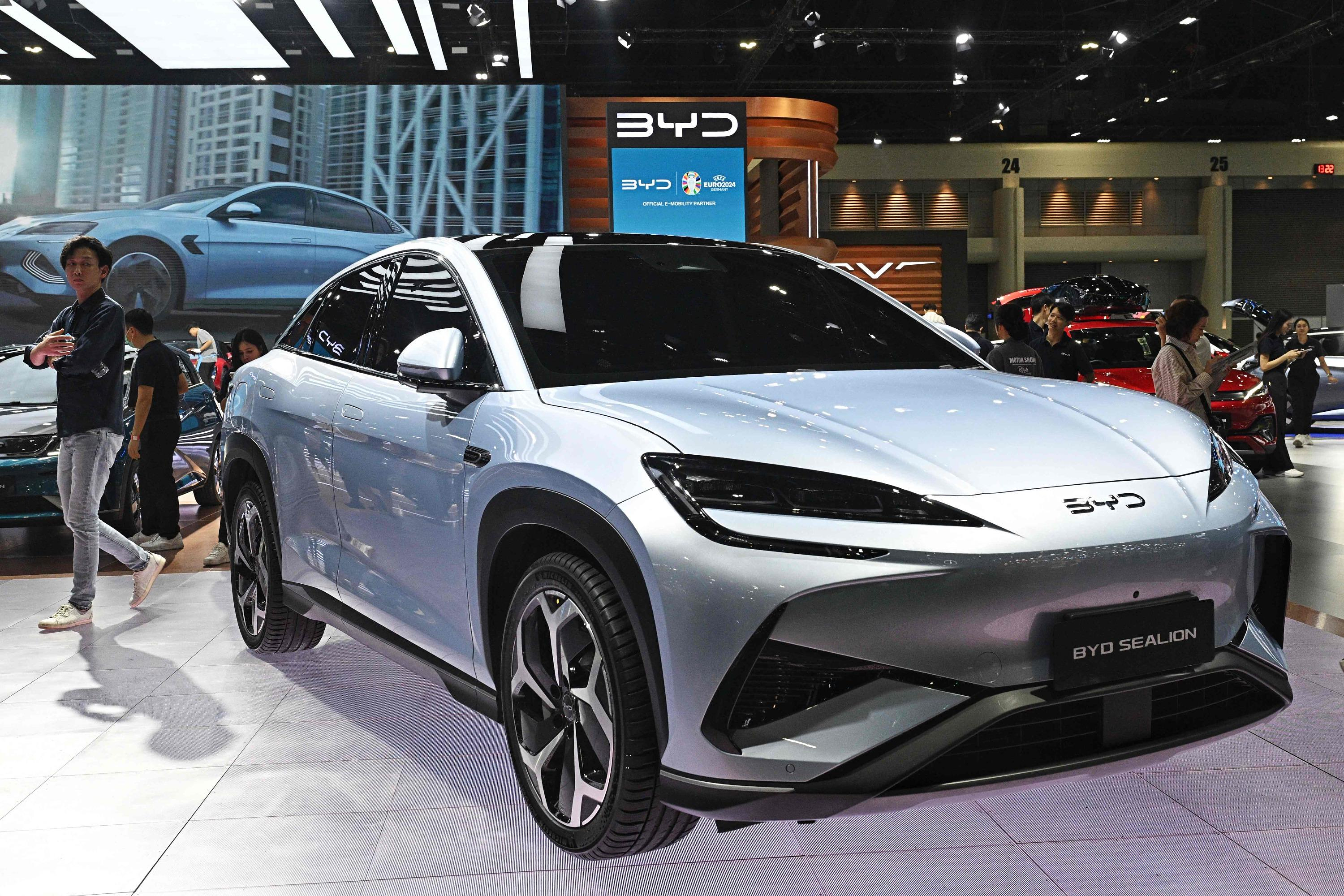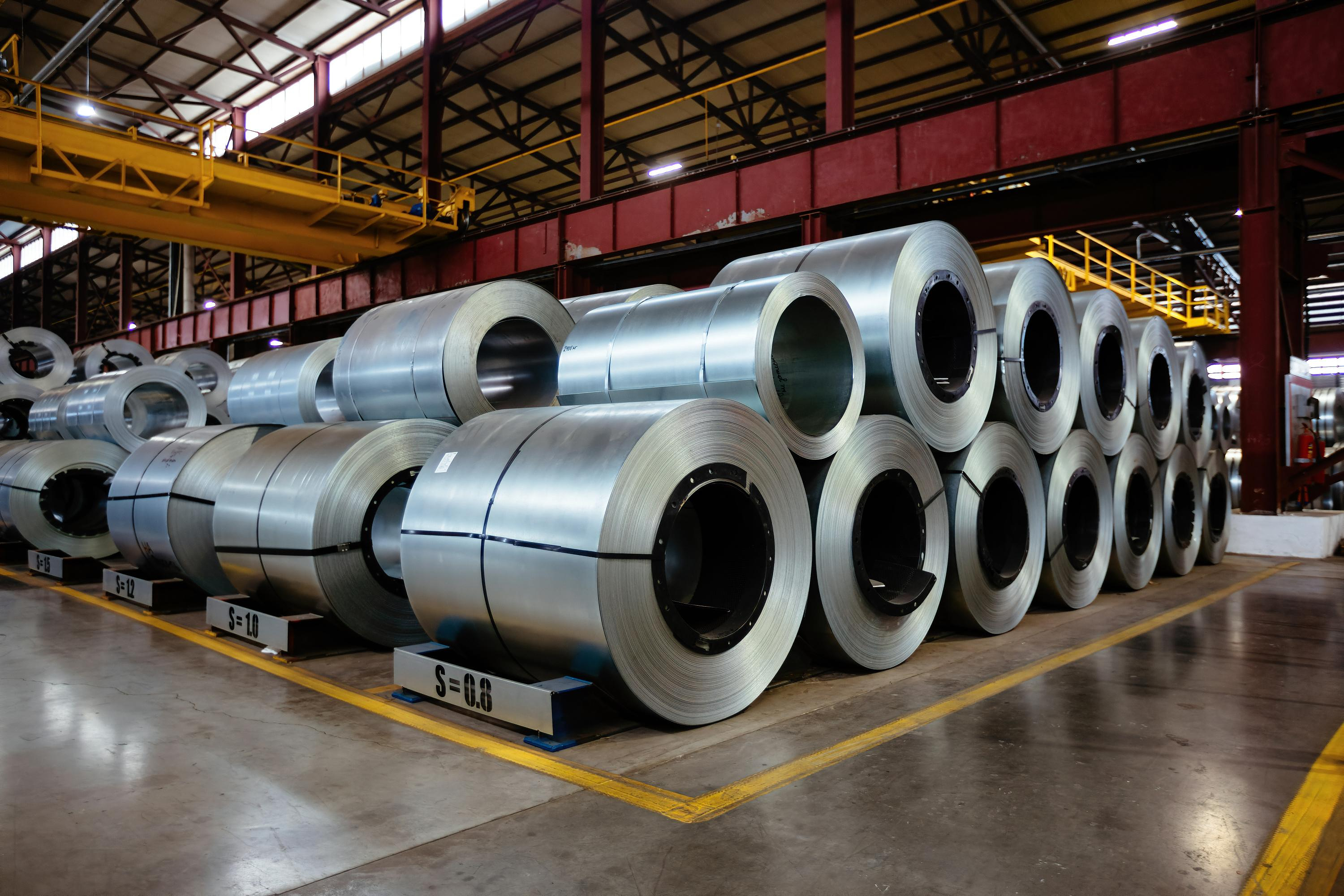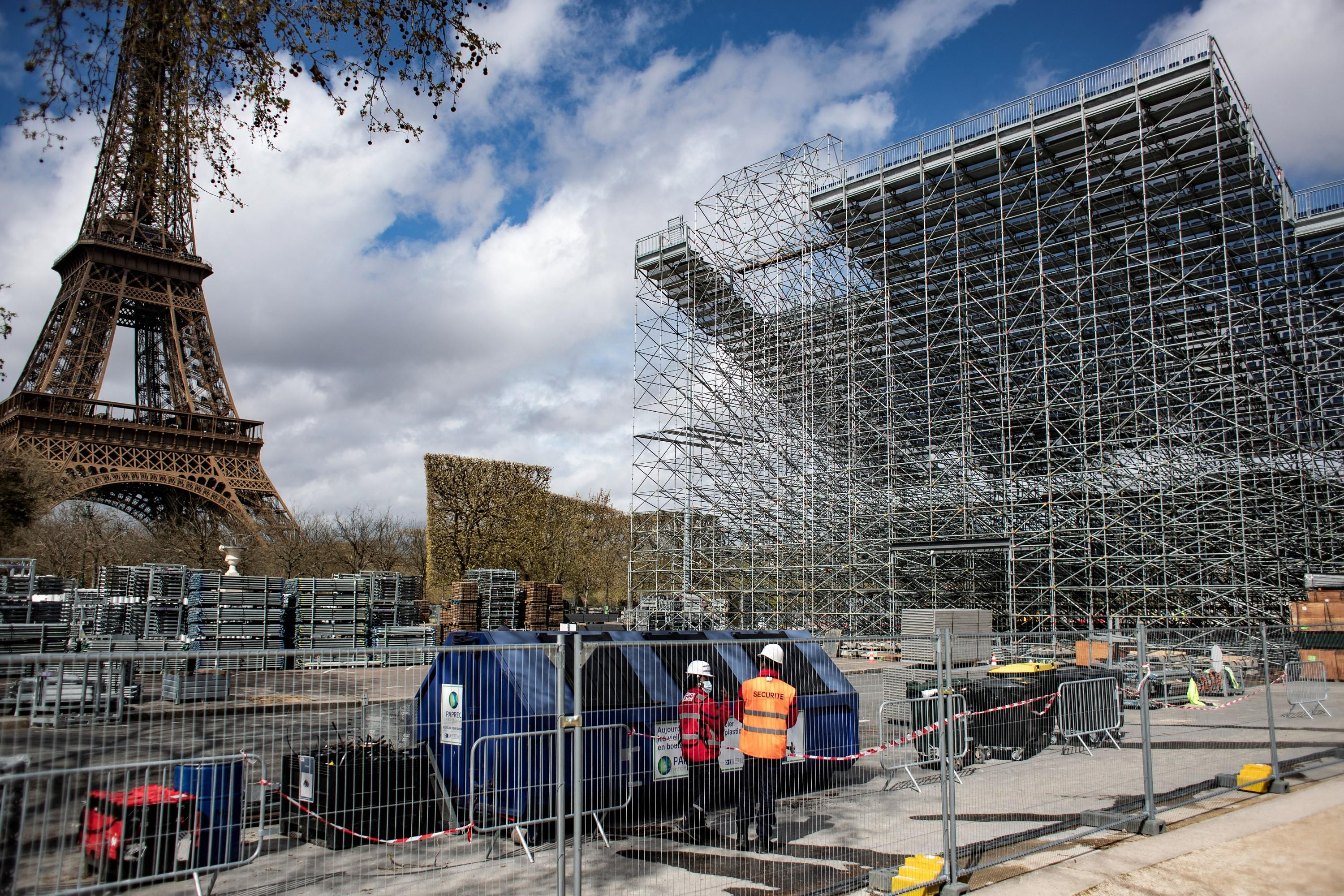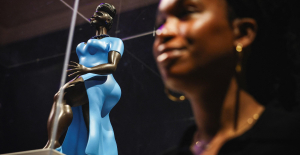The climate discourse has long since arrived in the temples of the fine arts - not just since activists discovered the museums as a stage for attacks with pea soup and mashed potatoes on masterpieces protected behind glass. Activism from within attracts less attention than these symbolic acts.
As places of education and encounters, museums could spread visions of a better future, as the international museum council ICOM recently put it. They could assume model character and make important contributions to more sustainability and climate protection through their actions. That sounds good. Even if many houses, especially the small ones, will lack the know-how and manpower to implement such ideas. The Cologne Museum Ludwig, where the first curator for ecology has been working for a year, is taking a first step.
Miriam Szwast did not apply for this position. Rather, she created the post herself. Because she recognized the urgency of the climate issue, she, an art historian with a doctorate and photo expert with a traineeship at the Berlin State Museums, became active three years ago, she says. Until then, she worked exclusively as curator for photography at the Museum Ludwig.
After further training at the Chamber of Industry and Commerce, Szwast can now call herself a transformation manager for sustainable culture and, for the past year, has also been the official curator for ecology. “Within the culture industry, museums are something like cruise ships,” says Szwast: “They are the biggest emitters of CO₂. More than theatres, concert halls, libraries.”
In the entrance to the Ludwig Museum, the double curator has placed planted clip-on glasses on a huge shelf. These closed ecosystems are called floralia, and they need nothing but light. Together with colleagues, Szwast created and tended these mini gardens. Well, arranged on the shelf, they open the current exhibition. Pictures of plants from the first three decades of the 20th century are collected here under the title “Green Modernity”.
In the critics' survey of WELT AM SONNTAG (NRW issue no. 50 of December 11), the exhibition found a mixed response. It was sharply criticized as an "eco-Sunday school", one critic missed the scientific distance. On the other hand, the "green modernity" was praised for its staging, even highlighted as the best in this field.
A discrepancy that mainly has to do with the fact that some looked more at the historical topic, i.e. at the pictures in the exhibition. The others focused more on the staging as an experimental field where steps related to sustainability and climate protection are tested. The spectrum of measures presented there ranges from a recyclable exhibition architecture to the explanatory texts that were not applied to the wall with foil and glue, but by the sign painter with a brush and environmentally friendly paint.
Szwast has also equipped the “Green Modernism” entirely with works from its own stock, thus conserving resources in packaging and transport. She discovered a great deal of greenery in the Museum Ludwig collection – expressionistic proliferation and blossoming, factual interior shots with rubber trees in the living room. Cacti on the window sills of the avant-garde around 100 years ago. Growth in time lapse or amorphous between plant and female body. This time there was no loan at all. What the curator didn't find in the fundus, she hung up as a reproduction. And as an exception, the catalog is only available online, but for free.
An attempt in which many registers are pulled, which gives suggestions and food for thought. And which makes it clear where material and energy are consumed and how savings can be made. This is certainly not the case with every exhibition. But it will certainly be possible to take up individual measures again and again in the future. The green ambition in Cologne and elsewhere has recently received a boost: In view of the crisis, the state's museums should reduce their energy consumption by twenty percent, according to the federal government.
In Herne, too, you will soon be able to visit climate efforts - in the Museum of Archeology of the Regional Association of Westphalia-Lippe. A sustainability project is running there that wants to start a test balloon with the exhibition "Graben im Gestern" in autumn 2023. The first harvest will probably be due on the roof garden in the Ludwig Museum at this time. Szwast had raised beds set up there, which were made from disused transport crates and invite you to garden, harvest and eat together.
Lots of ideas that of course didn't just mature in her head alone - which Szwast emphasizes. The curator is visibly proud of the new community in the house. Around half of the approximately 60 employees meet regularly in the specially formed sustainability team to make plans together. Apparently, people don't just think ecologically, but also socially.
“In a museum system that runs one exhibition after the other, there is little time and space to take action for the climate in a healthy way,” says Szwast. It was only gradually that she realized that. "People also talk about the socio-ecological turnaround that we need, because the social and the ecological are absolutely intertwined."
After the curator had already infected many employees with her enthusiasm, it is now the audience's turn. In the "Green Modern" area, tables, pens and waste paper are available for thinking about sustainability. A plant grid hangs on the wall for attaching notes, so that a collection of ideas grows paper by paper. "It is important to me to show how creative, sensual and joyful the transformation can be, how much we have to gain - for us personally, for us as a society."
At the end of the exhibition there will be a big giveaway event under the motto: "Recycle the Exhibit". Then maybe you can take one or the other floralie from the museum entrance. May the green spirit in the jar continue to grow and bloom on the windowsill at home.
"Green modernity. The New Perspective on Plants”, until January 22, Museum Ludwig, Cologne. www.museum-ludwig.de

 Knife attack in Australia: who are the two French heroes congratulated by Macron?
Knife attack in Australia: who are the two French heroes congratulated by Macron?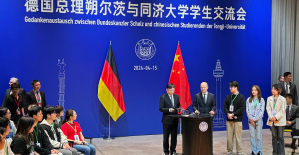 Faced with an anxious Chinese student, Olaf Scholz assures that not everyone smokes cannabis in Germany
Faced with an anxious Chinese student, Olaf Scholz assures that not everyone smokes cannabis in Germany In the Solomon Islands, legislative elections crucial for security in the Pacific
In the Solomon Islands, legislative elections crucial for security in the Pacific Sudan ravaged by a year of war
Sudan ravaged by a year of war Covid-19: everything you need to know about the new vaccination campaign which is starting
Covid-19: everything you need to know about the new vaccination campaign which is starting The best laptops of the moment boast artificial intelligence
The best laptops of the moment boast artificial intelligence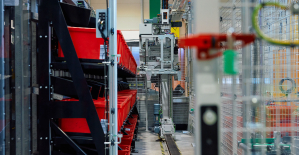 Amazon invests 700 million in robotizing its warehouses in Europe
Amazon invests 700 million in robotizing its warehouses in Europe Inflation rises to 3.2% in March due to gasoline and electricity bills
Inflation rises to 3.2% in March due to gasoline and electricity bills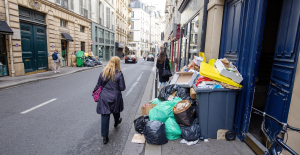 Olympic Games-2024: which professions are likely to strike during the competition?
Olympic Games-2024: which professions are likely to strike during the competition?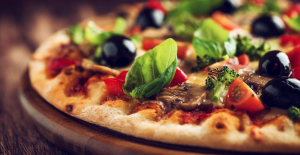 Pizzas sold throughout France recalled for “possible presence” of glass debris
Pizzas sold throughout France recalled for “possible presence” of glass debris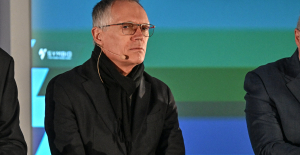 “As for a football player, there is a contract”: Carlos Tavares defends his remuneration of 36.5 million euros
“As for a football player, there is a contract”: Carlos Tavares defends his remuneration of 36.5 million euros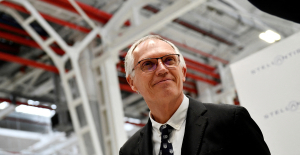 Stellantis: shareholders validate the controversial remuneration of Carlos Tavares
Stellantis: shareholders validate the controversial remuneration of Carlos Tavares Dune 3 will be the last film of Denis Villeneuve's adaptation
Dune 3 will be the last film of Denis Villeneuve's adaptation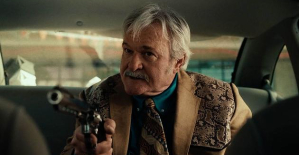 Shane Atkinson, humble disciple of the Coen brothers
Shane Atkinson, humble disciple of the Coen brothers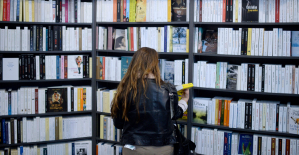 Outcry from publishers against the authorization of advertising for books on television
Outcry from publishers against the authorization of advertising for books on television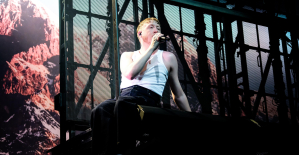 Eddy de Pretto celebrates his “last party too many” at the Olympia
Eddy de Pretto celebrates his “last party too many” at the Olympia Skoda Kodiaq 2024: a 'beast' plug-in hybrid SUV
Skoda Kodiaq 2024: a 'beast' plug-in hybrid SUV Tesla launches a new Model Y with 600 km of autonomy at a "more accessible price"
Tesla launches a new Model Y with 600 km of autonomy at a "more accessible price" The 10 best-selling cars in March 2024 in Spain: sales fall due to Easter
The 10 best-selling cars in March 2024 in Spain: sales fall due to Easter A private jet company buys more than 100 flying cars
A private jet company buys more than 100 flying cars This is how housing prices have changed in Spain in the last decade
This is how housing prices have changed in Spain in the last decade The home mortgage firm drops 10% in January and interest soars to 3.46%
The home mortgage firm drops 10% in January and interest soars to 3.46% The jewel of the Rocío de Nagüeles urbanization: a dream villa in Marbella
The jewel of the Rocío de Nagüeles urbanization: a dream villa in Marbella Rental prices grow by 7.3% in February: where does it go up and where does it go down?
Rental prices grow by 7.3% in February: where does it go up and where does it go down? Europeans: the schedule of debates to follow between now and June 9
Europeans: the schedule of debates to follow between now and June 9 Europeans: “In France, there is a left and there is a right,” assures Bellamy
Europeans: “In France, there is a left and there is a right,” assures Bellamy During the night of the economy, the right points out the budgetary flaws of the macronie
During the night of the economy, the right points out the budgetary flaws of the macronie Europeans: Glucksmann denounces “Emmanuel Macron’s failure” in the face of Bardella’s success
Europeans: Glucksmann denounces “Emmanuel Macron’s failure” in the face of Bardella’s success These French cities that will boycott the World Cup in Qatar
These French cities that will boycott the World Cup in Qatar Dortmund-Atlético: two months before the Euro, Griezmann warms up the engine
Dortmund-Atlético: two months before the Euro, Griezmann warms up the engine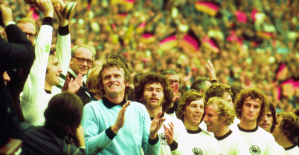 Football: Bernd Hölzenbein, 1974 world champion, died at 78
Football: Bernd Hölzenbein, 1974 world champion, died at 78 'Everything comes to an end': Surfing legend Kelly Slater moves closer to retirement
'Everything comes to an end': Surfing legend Kelly Slater moves closer to retirement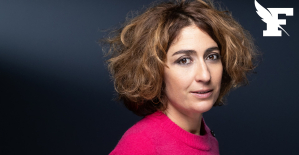 Athletics: the victory of a transgender athlete causes controversy in the United States
Athletics: the victory of a transgender athlete causes controversy in the United States





